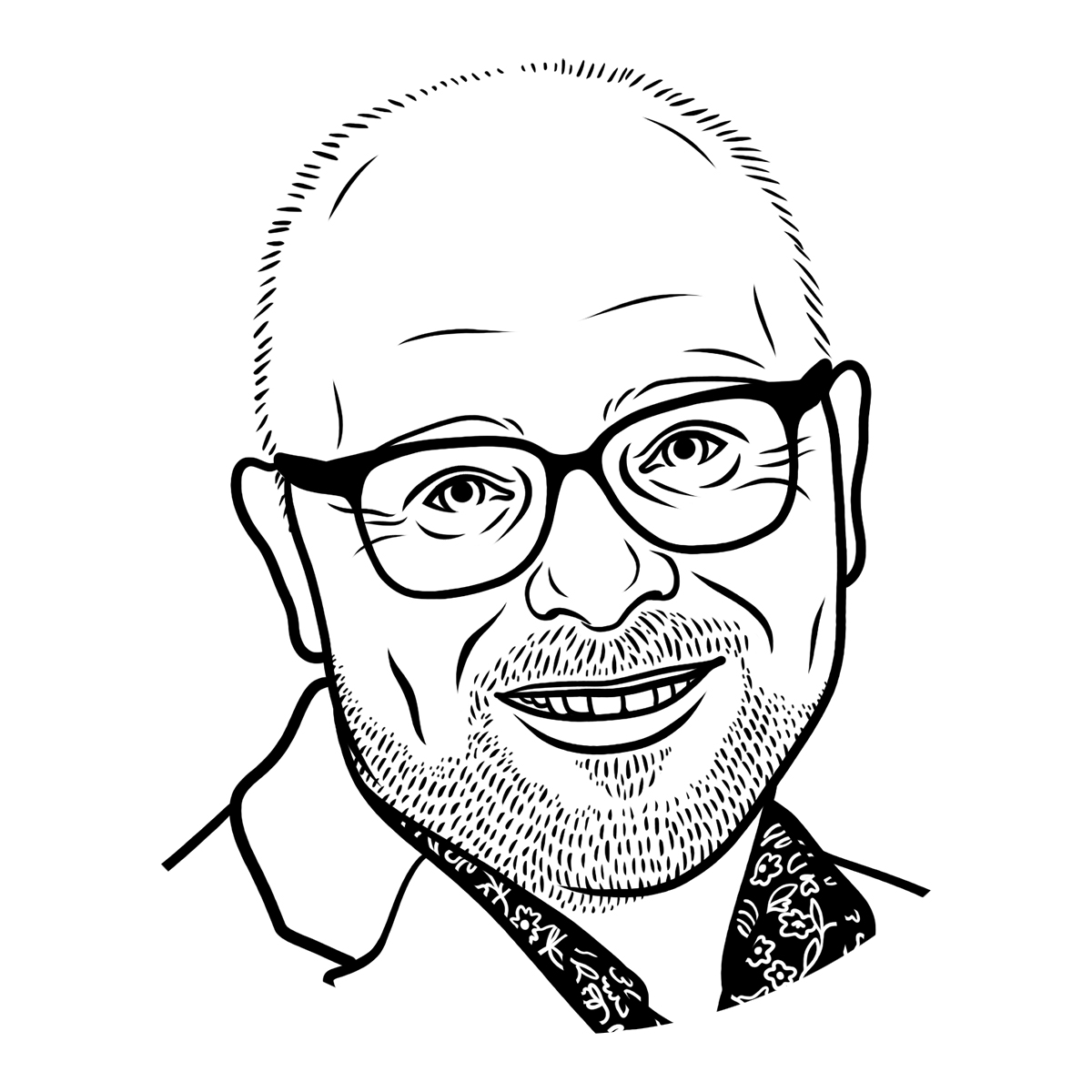“Taking an inclusive design approach to innovation.”
Jean-Marc Maillet-Contoz
Entrepreneur and founder
of the disability magazine Handirect
The recent health crisis brought about by Covid-19 has confirmed the power of technology in maintaining relationships and social ties. This situation demonstrates how digital tools improve the lives of people with disabilities by the way they transcend situations such as national lockdowns and make it easier to connect with others. Digital technology significantly facilitates communication, access to knowledge and information, as well as administrative tasks. It gives people with disabilities the possibility to express their talent at work using specially adapted tools.
It’s easy to see how such technology can serve to empower people with disabilities as well as integrate them into society and the workplace, but we still have a long way to go. All digital businesses must integrate “inclusive design” principles into their innovation strategy in order to further develop tools that everyone can use. The challenge is even greater when you consider that, in an ageing society such as ours in France, increasing numbers of people are finding themselves incapacitated. It’s unthinkable to exclude entire groups just because they can’t adapt to technology. Indeed, it is the technology that needs to adapt.
Orange already goes a long way in these efforts, offering customers solutions to improve autonomy with a wide range of products (broadband, mobile and connected devices) and services, and an adapted retail network and customer services. Yet it also needs to support its partner companies to move towards an “inclusive design” approach, helping them to progress technologically in a way that’s accessible to as many members of society as possible.

Peter Dew, “Orange’s purpose reflects the way it conducts its business.”